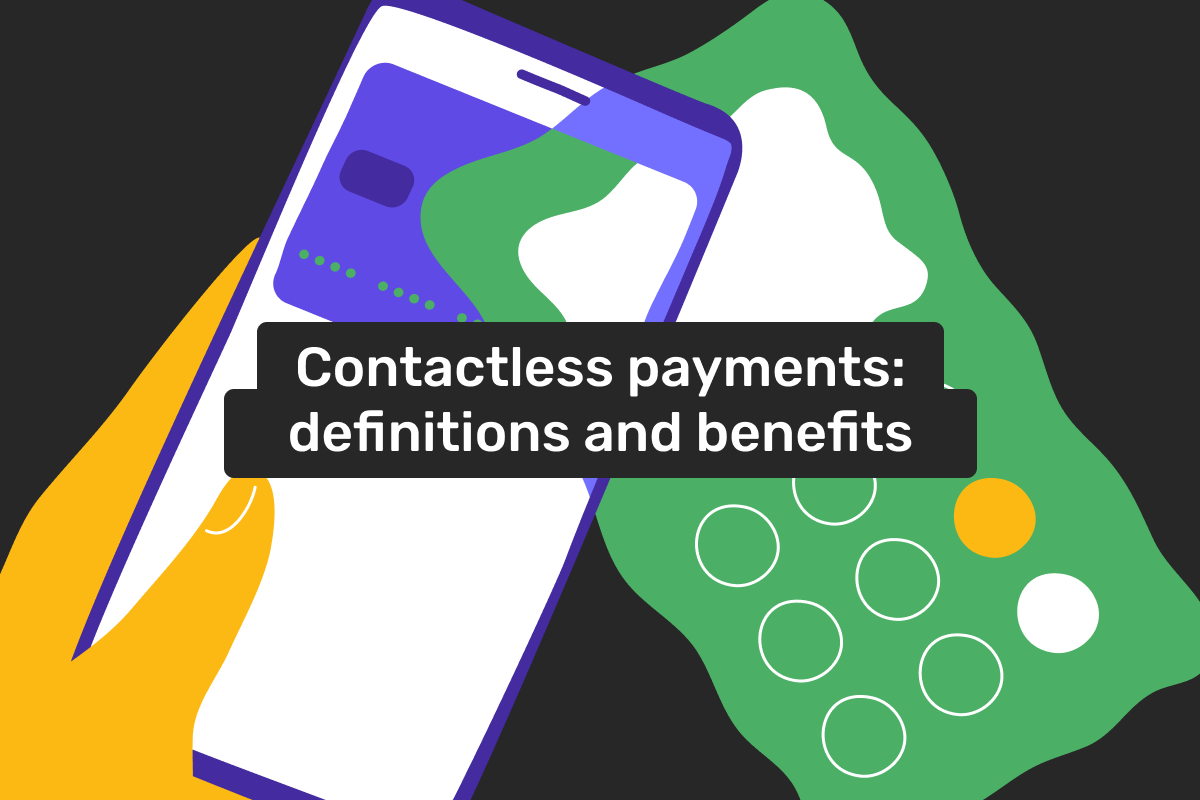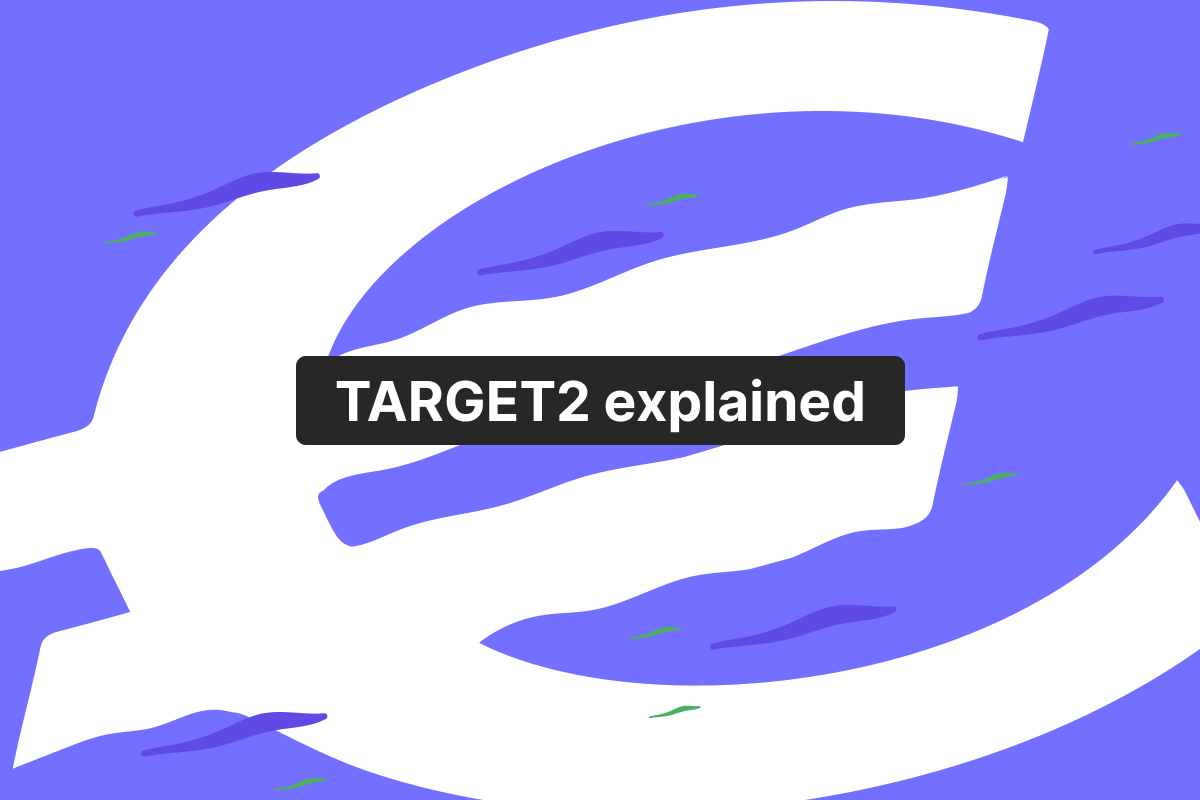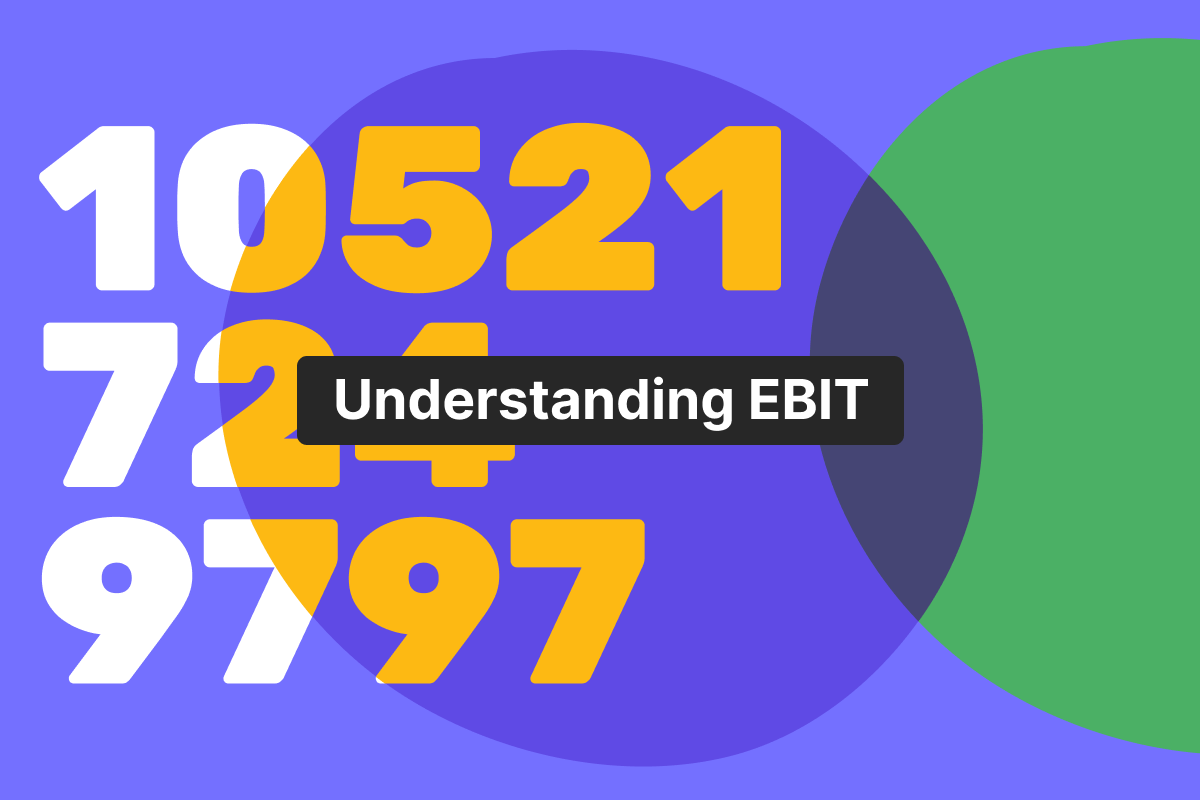Genome Blog / articles / Contactless payments: definitions and the main benefits
Oct. 7, 2022
The world of 2022 is fast-paced and filled with solutions for bettering people’s day-to-day lives.
One such solution is contactless payments, and we at Genome consider it to have a vital place among other essential technologies in the banking sphere.
As you might have guessed, today we dedicate an article to this topic, explaining the contactless payments phenomena, its benefits, and its usage.
What are contactless payments?
It is a method of payment that requires no contact with the point-of-sale reader when you make a purchase. Instead, you hold your phone or card near the reader to pay.
Let’s make it easier with a quick example. You usually need to use cash or swipe a card when you are at a store. But with a contactless option, you can just put your card or a phone near the reader – and that’s it! All thanks to RFID or NFC technologies.
RFID and NFC
RFID stands for radio-frequency identification and communicates information from the electronic tag on the object to a reader with the help of radio waves. Such a tag can be placed on a credit card, but RFID is used widely beyond e-commerce – in shipping, manufacturing, and more.
NFC is near-field communication, a technology that allows NFC-enabled devices to communicate wirelessly. You have likely heard of it, as many modern smartphones use it for contactless payments.
There are differences between NFC and RFID. For one, RFID has a longer usage distance. But on the other hand, NFC allows one-way and two-way communication, acting both as a tag and a reader, while RFID only uses the first option. These are different in other ways as well, but both allow contactless payments to work.
How can you use contactless payments to your advantage?
The pandemic resulted in a significant increase in contactless payment usage worldwide, as people didn’t want to risk the COVID-19 spread by using cash. And since then, more people have been introduced to the benefits of contactless payments!
So, how can you jump on this jolly train? Well, there are a couple of ways to do so:
Get a contactless card
It is all in the name: it is a debit or a credit card that allows you to pay contactless – they have EMV chips to enable that. So instead of swiping the card (the magnetic stripe on the back of the card is used for that), you will need to tap your contactless card above the reader.
Having a contactless card is also more secure. The reason is the following: both magnetic stripe and the EMV chip are used to transmit financial information during payments. But the information the magnetic stripe stores stays the same, while the chip carries the digital code that changes with every payment. So, it is much harder for scammers to create a copy of a chip card than a regular one.
What’s also interesting is that Mastercard announced that the company would slowly start phasing out the magnetic stripe cards. And by 2029, they will stop issuing this type of card entirely.
So, if you still don’t have a contactless card – consider getting it. You can go the traditional route and order one from the bank. Or, you can order your card and wait till it arrives – with Genome!
Our electronic money institution issues contactless Visa debit cards. The cards are available for personal and business wallet owners, with the ordering process taking place entirely online! And, if you live in the EU, we will deliver the card to you.
Genome’s contactless cards can be used online or at any physical location worldwide that accepts Visa cards. Moreover, you can request not to print any payment information on your card to make it thief-proved.
Use your phone
Another contactless option is paying using your phone. But note that it will only be possible if your phone or a smartwatch has NFC enabled. If it is the case, you need to use a mobile wallet next. Two of the most widespread selections for that are Apple Wallet and Google Pay. The first one works for devices that run on iOS, and the second – works for those that run on Android.
How it works: you open Apple Wallet or Google Pay app on your phone and link your cards, the money on which will be used during contactless payments. Once it’s done, you can pay with your phone/smartwatch: as in the case with the cards, hold your device near the reader to pay.
Genome has you covered for this option as well: our cards are Apple Pay, Google Pay, and Garmin Pay compatible! You can easily link our physical and virtual cards to your phone or smartwatch and enjoy contactless payments!
Speaking of virtual cards – this is a great choice when you need to get a card urgently. Genome’s virtual Visa cards are available for order online – you can use them minutes after placing your order! Our virtual cards can be used for online payments and contactless payments with your phone.
Advantages and disadvantages of contactless payments
Pros
- First and foremost, they are convenient – no need to carry a hefty wallet, just use your phone. And for contactless cards – it is easier to place your card on the reader, not swipe it.
- Another benefit is that these payments are quick – the transaction will be completed within seconds. It allows significantly reducing lines at a store;
- These payments are more secure. As we have mentioned, the chip card is safer than the one that uses a magnetic stripe for payments, making it much harder for scammers to create a copy of your card. And with a phone, you need to unlock it before paying by entering a password or going through face ID;
- Contactless payment is safer to use for your health, as you have minimal contact with a cash\card reader when paying for things. Definitely a benefit of recent years.
Cons
- Unfortunately, not all stores, restaurants, and locations have the ability to accept contactless payments, so mind that when you are in an unfamiliar area.
- If you use a contactless card, there’s a security concern. You see, when paying with it, you aren’t required to enter the PIN. Thus, if the card gets lost or stolen, anyone else can use it, as they don’t need to know the PIN.
Benefits of contactless payments for business owners
Implementing a contactless payment solution is worth considering if your business sells products or services. The customers’ demand is only expected to grow.
According to Straits Research, last year, the value of the global contactless payments market reached $2,235 billion. By 2030, the number will increase to $12,245 billion. Currently, Europe contributes the highest revenue to the market, and the Asia-Pacific region takes second place on that front.
More and more companies enable contactless payments for clients, and you need to keep up.
For retailers and owners of physical locations, having such a payment method allows them to:
- Reduce the transaction completion times and queues;
- Provide a seamless, convenient experience for buyers;
- Make transactions more secure, as the payment data encryption is more sophisticated than with magnetic stripe cards;
- Show the customers that you care about them by decreasing the possibility of bacteria spreading during physical contact.
And if you own an e-store, make sure to implement the Google Pay and Apple Pay payment options. This method allows clients to complete the purchase faster, as they don’t have to enter their payment details. Thus, the cart abandonment rate decreases. The advantages are many, don’t miss out on them!
FAQ
How do contactless payments work?
The process is simple: you need a contactless card or an NFC-enabled phone\smartwatch. If a place you are shopping at has a special reader for contactless payments, all you have to do is tap your contactless card or phone near the said reader.
What are the benefits of contactless payments?
The main advantage is that these are easy to use, and the transaction takes faster to complete. And it is more hygienic to use them than swiping cards or paying with cash.
What are the different types of contactless payments?
There are two ways you can make contactless payments – by using a card that has an EMV chip or a smartphone/smartwatch with NFC. From there, you have options: you can order a chip card of different brands (Visa, Mastercard, etc.) from a bank or a payment service provider like Genome. Or, you can download a mobile wallet for payments with your phone (Google Pay, Apple Wallet, etc.).
How secure are contactless payments?
They are very secure. With contactless cards, the EMV chip encrypts payment data during payment. And compared to magnetic stripe cards, the chip generates a unique digital code during every purchase. With phones and other NFC-enabled gadgets, the data is encrypted too, and the device owner needs to unblock it before payment via PIN or face ID. So, a thief is unlikely to pass this verification.





